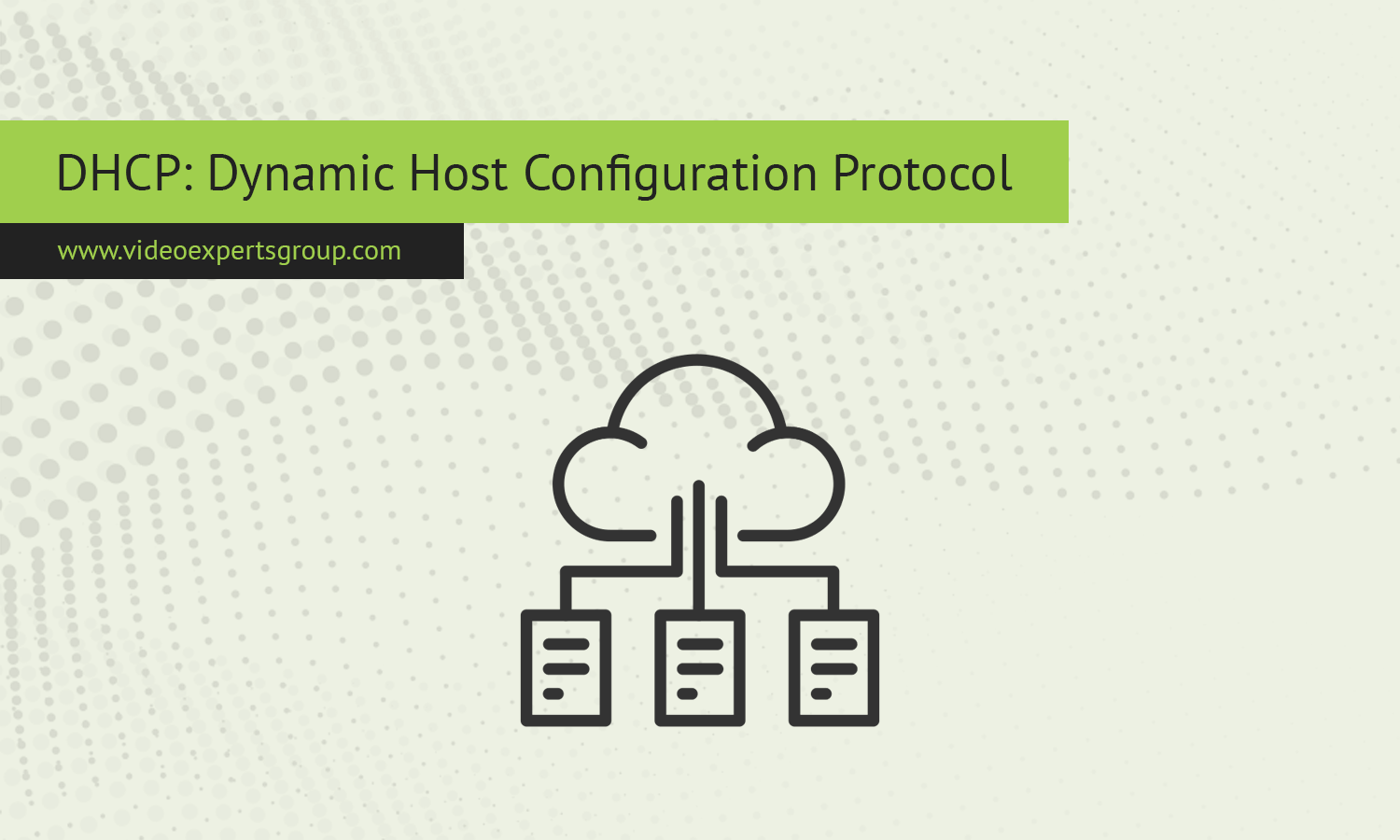The Dynamic Host Configuration Protocol (DHCP) is a network management protocol widely used in Internet Protocol (IP) networks. It automates the assignment of IP addresses, gateway information, subnet masks, and other crucial network parameters to devices, making network configuration easy and efficient. Without DHCP, network administrators would have to manually assign and manage IP addresses for each device on the network, which is cumbersome, especially in large networks with many devices.
Meaning
DHCP stands for Dynamic Host Configuration Protocol. It’s a standardized network protocol that assigns IP addresses and other network configurations automatically to devices connected to a network. This process helps ensure that each device (or host) on a network has a unique IP address, which is critical for communication. DHCP operates over a client-server model where a DHCP server provides configuration parameters to client devices.
Without DHCP, network administrators would be forced to assign static IP addresses to each device, which can lead to conflicts, errors, and inefficiency as the network grows. DHCP makes networks scalable and more manageable by automating the process of assigning IP addresses.
How DHCP Works
DHCP works by dynamically assigning IP addresses to devices as they join the network. The entire process can be broken down into several steps:
-
DHCP Discovery: When a device (client) joins the network and needs an IP address, it sends out a DHCPDISCOVER message. This message is broadcast to all devices on the local network, searching for a DHCP server.
-
DHCP Offer: When the DHCP server receives the discovery message, it responds with a DHCPOFFER message, which includes an available IP address, subnet mask, gateway, DNS server information, and other relevant network configurations.
-
DHCP Request: Upon receiving one or more offers from DHCP servers, the client sends a DHCPREQUEST message to the server that it chooses. This message indicates that the client has accepted the offered IP address and requests to lease it.
-
DHCP Acknowledgment: The chosen DHCP server sends back a DHCPACK (acknowledgment) message to the client, confirming the IP address assignment. At this point, the client can start using the IP address to communicate over the network.
This entire process happens automatically and typically takes just a few seconds. DHCP leases the IP address for a certain period (called the lease time), after which the client must renew it. If a device disconnects, the DHCP server may reclaim the IP address and offer it to another client.
DHCP Server
A DHCP server is the heart of the DHCP process. It is responsible for managing a pool of IP addresses and other network parameters. The server dynamically assigns addresses to clients, ensuring no conflicts arise. DHCP servers can be dedicated hardware devices, built into routers, or software applications running on a server.
In smaller networks, such as home networks, the DHCP server is usually built into the router. In larger enterprise networks, dedicated DHCP servers are used to manage the IP address distribution more effectively. Multiple DHCP servers can be used for redundancy, ensuring that if one server fails, another can take over.
DHCP Port
DHCP communication between clients and servers uses two ports:
- UDP Port 67: Used by the DHCP server to receive messages from clients.
- UDP Port 68: Used by the DHCP client to receive messages from the server.
Both ports use the User Datagram Protocol (UDP) because the DHCP messages are lightweight and can handle possible transmission losses, which UDP can tolerate. These ports are critical for the DHCP process to function, and network administrators should ensure they are not blocked by firewalls.
Advantages and Disadvantages
Advantages of DHCP:
-
Simplifies Network Management: DHCP automates the process of assigning IP addresses, saving administrators from manually configuring each device.
-
Prevents IP Address Conflicts: With automatic assignment, DHCP ensures that each device receives a unique IP address, avoiding the risk of conflicts.
-
Scalability: DHCP is ideal for both small and large networks. It handles thousands of devices efficiently, making it suitable for enterprise environments.
-
Efficient Address Reuse: DHCP assigns IP addresses only when devices are connected and can reclaim them when a device disconnects. This conserves IP addresses, especially on networks with limited IP pools.
-
Easy Configuration Changes: Network settings like DNS servers, gateways, and subnet masks can be changed centrally on the DHCP server, and clients will automatically receive the new configurations.
Disadvantages of DHCP:
-
Security Risks: Since DHCP does not authenticate clients, unauthorized devices can potentially connect to the network and receive an IP address. This opens the door for security threats if no additional safeguards, like MAC address filtering or VLANs, are in place.
-
Limited Control: In DHCP, devices receive dynamic IP addresses, which change over time. For devices like printers or servers that need static IPs, manual configuration or DHCP reservations are required.
-
Dependency on DHCP Server: If the DHCP server goes down, new devices cannot get IP addresses, and devices whose leases expire might lose network connectivity until the server is restored.
FAQ
By automating network configuration, DHCP greatly simplifies the process of connecting devices to a network, reducing the chances of errors and conflicts while enhancing network management.
















